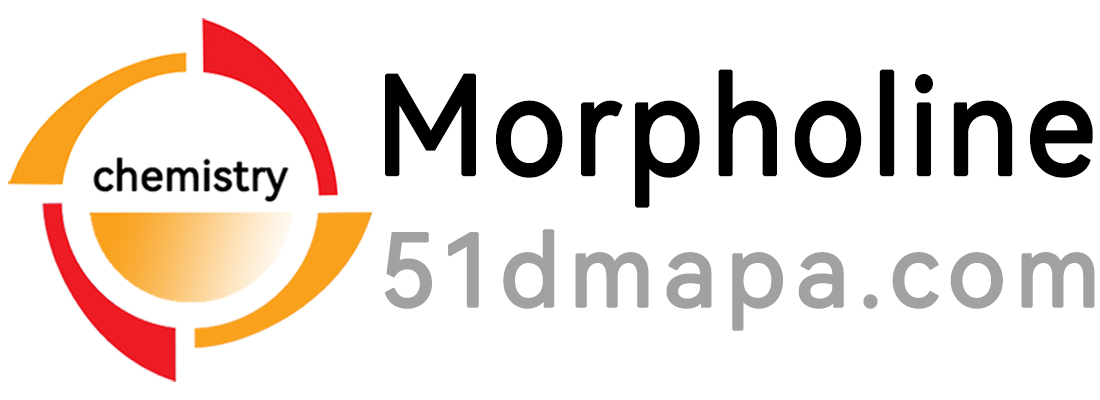
Structural formula
| Business number | 031B |
|---|---|
| Molecular formula | C5H8BN |
| Molecular weight | 92.93 |
| label |
Borane-pyridine complex, pyridine borane, Trihydro(pyridine)boron, Pyridine borane, Borane-pyridine complex, heterocyclic compounds, Fungicide |
Numbering system
CAS number:110-51-0
MDL number:MFCD00012435
EINECS number:203-773-4
RTECS number:US3675000
BRN number:None
PubChem number:24850651
Physical property data
1. Properties: colorless liquid, similar to amine.
2. Density (g/mL, 25℃): 0.920
3. Relative vapor density (g/mL, air=1): Undetermined
4. Melting point (ºC): 10-11
5. Boiling point (ºC, normal pressure): 65
6. Boiling point (ºC, kPa): Undetermined
7. Refractive index: 1.5280
8. Flash point (ºC): 21
9. Specific rotation (º): Undetermined
10. Autoignition point or ignition temperature (ºC): Undetermined
11. Vapor pressure (mmHg, ºC): Undetermined
12. Saturated vapor pressure (kPa, ºC ): Undetermined
13. Heat of combustion (KJ/mol): Undetermined
14. Critical temperature (ºC): Undetermined
15. Critical Pressure (KPa): Undetermined
16. Log value of oil-water (octanol/water) distribution coefficient: Undetermined
17. Explosion upper limit (%, V/V): Undetermined
18. Lower explosion limit (%, V/V): Undetermined
19. Solubility: Easily soluble in alcohol and ether, almost insoluble in water.
Toxicological data
1. Acute toxicity:
Rat oral LD5O: 95400ug/kg
Rat abdominal LD5O: 64800ug/kg
Guinea pig skin LD5O : 200mg/kg
Guinea pig abdominal LD5O: 54mg/kg
Oral LD 94500mg/kg (rat)
Skin LD 200mg/kg (guinea pig)
Ecological data
General remarks
Water hazard level 1 (German regulations) (self-assessment via list) This substance is slightly hazardous to water.
Do not allow undiluted or large amounts of product to come into contact with groundwater, waterways or sewage systems.
Do not discharge materials into the surrounding environment without government permission.
Molecular structure data
None yet
Compute chemical data
1. Hydrophobic parameter calculation reference value (XlogP):��
2. Number of hydrogen bond donors: 0
3. Number of hydrogen bond acceptors: 1
4. Number of rotatable chemical bonds: 0
p>
5. Number of tautomers: None
6. Topological molecule polar surface area 12.9
7. Number of heavy atoms: 7
8. Surface charge: 0
9. Complexity: 30.9
10. Number of isotope atoms: 0
11. Determine the number of atomic stereocenters: 0
12. Uncertain number of atomic stereocenters: 0
13. Determined number of chemical bond stereocenters: 0
14. Uncertain chemical bond stereocenters Number of centers: 0
15. Number of covalent bond units: 2
Properties and stability
1. Stable in nature, it will not decompose under normal temperature and pressure. Avoid contact with water, acid, air, and oxides.
2. It is relatively stable in neutral aqueous solution and may release hydrogen chloride when used. This should be done in a fume hood.
Storage method
Store in a cool, ventilated warehouse. Keep away from fire and anti-static. Keep container tightly sealed and away from oxidizing agents and air. Use explosion-proof lighting and ventilation facilities. It is prohibited to use mechanical equipment and tools that are prone to sparks. The storage area should be equipped with emergency release equipment and suitable containment materials.
Synthesis method
Pass the dry hydrogen chloride gas into the anhydrous ether solution of pyridine, filter out the solid pyridine hydrochloride, dry it and suspend it in pyridine, add the pyridine solution of sodium borohydride, and react at room temperature. Then filter out the sodium chloride precipitate in the reaction product, evaporate the pyridine under reduced pressure at 50°C, and add an equal volume of anhydrous ether to precipitate the unreacted pyridine hydrochloride. Filter; evaporate the ether under reduced pressure to obtain the finished product.
Purpose
1. Used for reduction reactions and hydroboration reactions under high temperature conditions.
2. Reducing agent used under alkaline conditions. It can reduce aldehydes, ketones, phthalic chlorides and acid to alcohol under mild conditions, while vinegar does not react.
3. Borane-pyridine complex is a medium-strength reducing reagent. In protic solvents, its stability and solubility are better than sodium borohydride. If this reagent is coordinated with an organic weak acid or Lewis acid in a solution, it can be used for reductive amination reactions, reducing carbonyl groups, heterocyclic compounds, p-toluenesulfonylhydrazone and oximes, etc.; if it is used in a strong acid, it can convert aldehydes into ethers. Additionally, it can be used as a weak hydroboration reagent.
Reductive amination reaction Due to its low price and low toxicity, borane-pyridine complex often replaces sodium cyanoborohydride for the reductive amination reaction of aldehydes or ketones[1]; In the acetic acid/toluene system, borane-pyridine has a higher yield than the reductive amination reaction of sodium borohydride. Because this reagent has good solubility in aqueous solutions, it is often used as a methylation reagent for proteins. For example, reductive amination reaction using resin (Formula 1)[1~3].

Reduction of carbonyl Compared with the complexes formed by borane and primary amine or secondary amine, the reducibility, stereo and chemical selectivity of borane-pyridine complex are weaker, but under the action of organic weak acid, The reaction rate is accelerated. For example, at 0oC, the yield of reduced diketone compounds in aqueous solution is 87%, and the selectivity of the reaction reaches more than 90% (Formula 2)[4].

When there are other unsaturations in the molecule When functional groups are used, borane-pyridine can also selectively reduce carbonyl groups[5,6], and the cyano group in the molecule does not change before and after the reaction (Formula 3)[5 ].

In addition, when there are When there are two carbonyl groups, such as β-carbonyl ester, borane-pyridine can also be used for selective reduction (formula 4) [7,8].

Alkanes that reduce amines Alkylation reactionUsing solid-phase synthesis to achieve alkylation of reducing amines is a very useful method to introduce small molecule libraries in combinatorial chemistry. Borane-pyridine can achieve this goal (Formula 5) [9].

For olefinic bonds Hydrogenation reductionIn the presence of activating reagents (such as iodine), borane-pyridine can also hydrogenate and reduce carbon-carbon double bonds, and the product has a certain chemical selectivity (Formula 6)[ 10].




